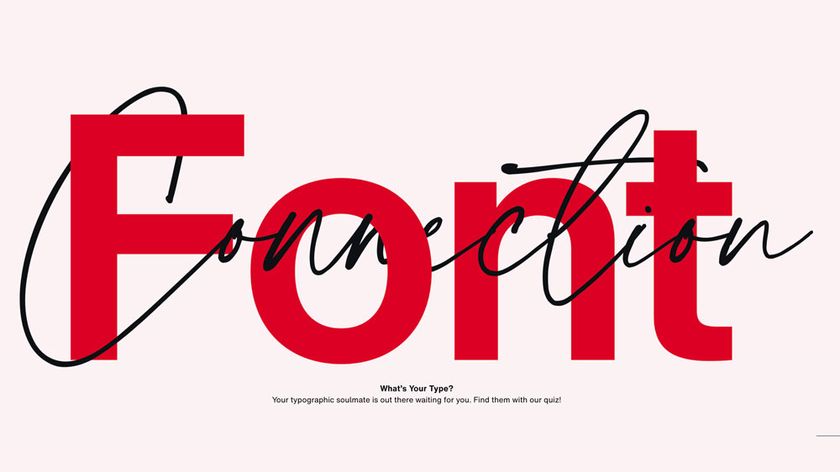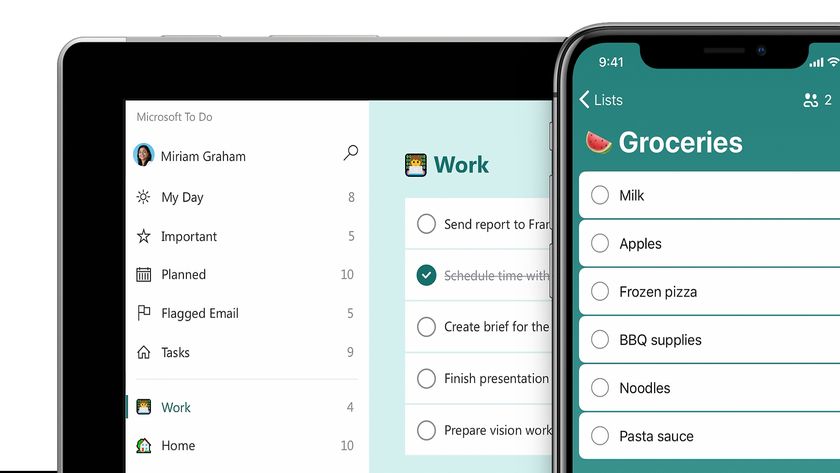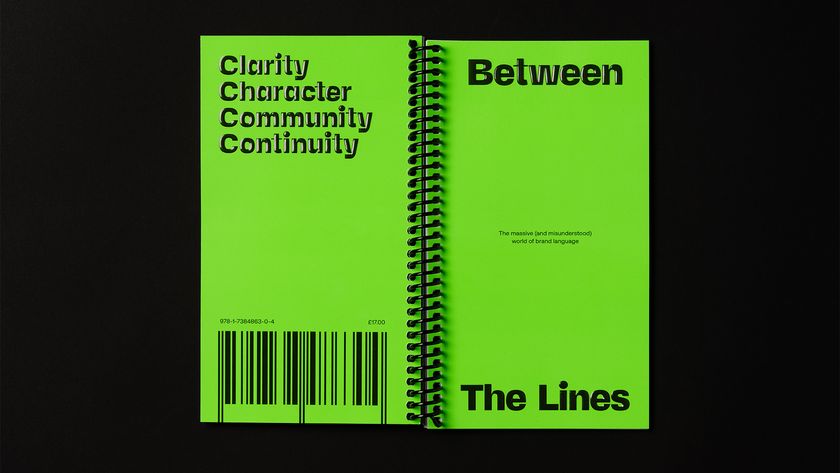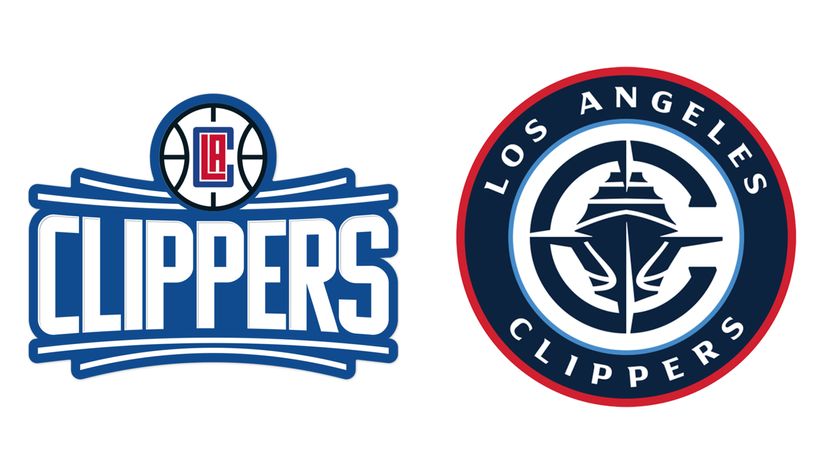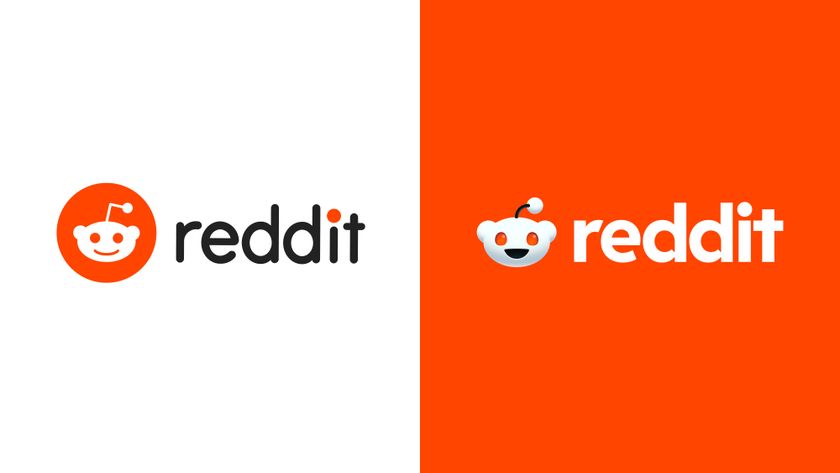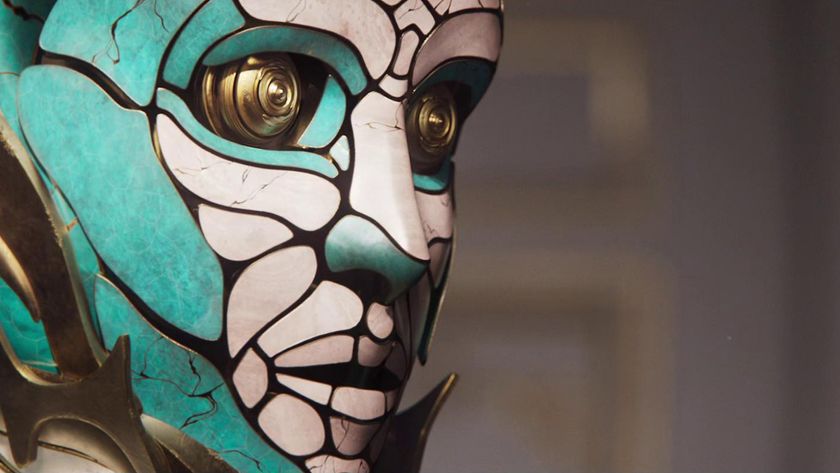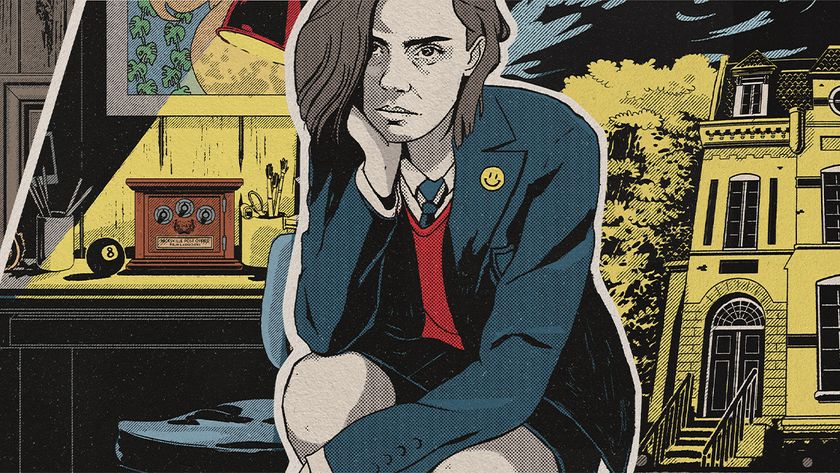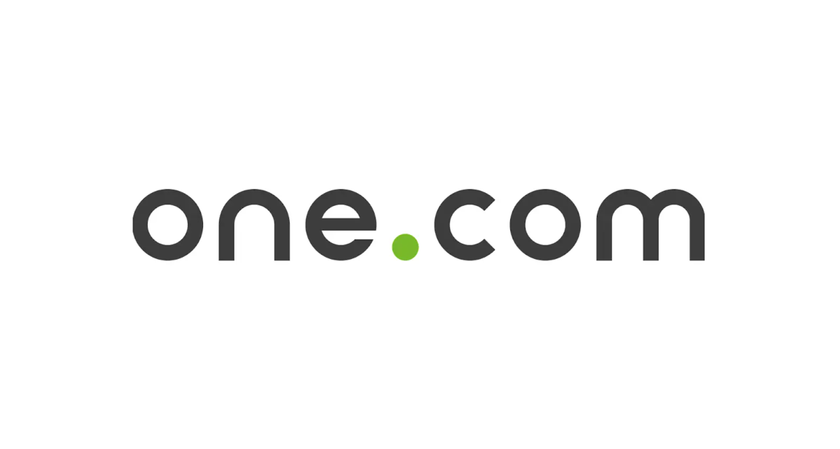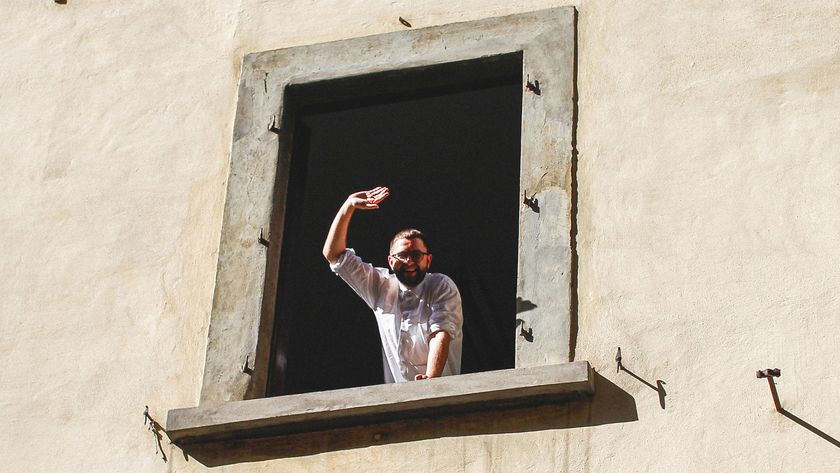There's a longstanding convention in advertising that you don't tackle rival brands directly. After all, all publicity is good publicity, and you don't want to spend your marketing budget raising a competitor's profile. Plus, your campaign might backfire in some way, or lead to a series of counter-attack ads that inflict lasting damage on your brand. And if you're not careful, you may even lay yourself open to legal action from the company that you're having a dig at.
There are, however, some notable exceptions, which show that it is possible to take on a rival brand and win. In this article, we look at five examples of brands that did just that, and the lessons we can learn from them.
01. Wendy’s: Where’s the beef?
“Where’s the beef?” was a 1984 campaign for Wendy's fast-food chain, crafted by ad agency Dancer Fitzgerald Sample, which blew up beyond all expectations. The focus was that Wendy's modestly named 'Single' burger had a larger beef patty (and smaller bun) than either McDonald's Big Mac or Burger King's Whopper.
In the ad, actress Clara Peller receives a burger with a massive bun, and cries: "Where's the beef?" The offending burger is from a fictional company, but it was obvious to everyone which brands the ad was having a dig at.
It was a huge hit, and spawned a successful series of follow-up commercials, all based around the same catchphrase, as well as a spin-off pop song and promotional items including bumper stickers, frisbees, clothing patches and a board game. Meanwhile, the phrase itself took on a life of its own, most famously being used in the Democratic Presidential primaries by Walter Mondale to knock his rival, Gary Hart.
Lessons learned: As the saying goes, when you come at the [Burger] King, you’d better not miss. “Where’s the beef?” delivered a knockout punch, by taking an undisputed fact (that Wendy’s burgers contained more actual beef) and boiling it down to a simple, repeatable slogan. There was no need to name McDonald’s or Burger King directly: the point was clear to anyone who likes fast food.
02. Pepsi Challenge
First launched in 1975 and continuing to this day, the Pepsi Challenge was based on an idea that was simple, brilliant, and played directly to Pepsi’s strengths compared with market leader Coca-Cola.
Get the Creative Bloq Newsletter
Daily design news, reviews, how-tos and more, as picked by the editors.
The challenge revolved around a blind taste test held at malls, shopping centres, and other public places. A Pepsi representative set up a table with two white cups: one containing Pepsi and one with Coca-Cola. Passers-by were encouraged to taste both, and choose their favourite. When the representative revealed which brand they preferred, this often led to a look of surprise on the tester’s face, which formed the basis for the TV commercials.
Most significantly, Pepsi claimed that more than 50 per cent of testers preferred Pepsi to Coca-Cola. This exploited the psychological principle of social proof: that people tend to copy the actions of others in social situations. Offering evidence that the majority of people prefer Pepsi is thus a powerful driver for people to make the same, socially-compliant choice.
The success of the campaign was instant, winning Pepsi a greater share of the market at Coke’s expense, and leading Coca-Cola to panic. In 1985 Coke even changed their formula to taste more like Pepsi, and launched New Coke, which was a complete disaster. New Coke alienated Coca-Cola's audience and lost the company vast sums of money, before they saw the error of their ways and brought the original recipe back, in the form of Classic Coke.
Ultimately, the Pepsi challenge wasn’t successful at displacing Coke from the number one spot, though. And author Malcolm Gladwell points out a possible reason in his 2005 book Blink: The Power of Thinking Without Thinking: the ‘sip test’ method is fundamentally flawed. Why? Because on the first sip, tasters will generally prefer the sweeter of two beverages (Pepsi), but that doesn’t mean they’ll prefer it over the course of an entire can.
No matter. Overall, it’s undeniable the Pepsi Challenge was a game-changer. It allowed Pepsi to win market share, dominate the conversation, and put their main rival on the back foot, rather than submitting to Coke’s hegemony and going the way of now-defunct brands like Virgin Cola.
Lesson learned: The Pepsi Challenge took a point of difference (that Pepsi is sweeter than Coke), and used it to launch a grand and ambitious vision for the brand. It may not have been the giant killer they were hoping for, but it showed that even the mightiest of rivals can be humbled if you’re strategic about it.
03. Get a Mac
Whatever you think of Apple, it’s undeniable that it was the first brand ever to make computing equipment seem ‘cool’. This point of difference was brilliantly exploited in a series of ads created by TBWA entitled ‘Get a Mac’, running from 2006 to 2009.
In each ad, two people representing a 'Mac' and a 'PC' discuss a variety of failings seen in Windows-running computers, such as their vulnerability to viruses. Later commercials moved away from focusing on the equipment and towards the operating systems, exploiting widely-reported problems with Windows Vista and Windows 7.
However, these specific topics were only really secondary to the main thrust of the campaign: to convey that younger, cooler people should see Apple as their natural brand of choice. And in the days when ‘influencer’ meant people who actually had influence, that turned out to be a very smart move indeed.
Lessons learned: Sometimes it’s better not to focus too much on the product specs themselves; particularly in the case of computers, where you run the risk of boring and alienating people. By recasting the difference between your products in terms of personality traits and emotional associations, you can build a far more powerful brand.
04. McDonald’s Flat White
Like it or loathe it, McDonald's has certainly run some clever advertising campaigns over the years, and this one from 2018 was no exception. Created by Leo Burnett London, it essentially killed two birds with one stone: introducing a new menu item (flat white coffee) and having a dig at more expensive places to buy the same product.
The premise is simple. A variety of customers visit a series of hipster-style coffee houses asking “What is a flat white?” and get a series of pretentious, evasive and confusing replies. Eventually, the same question is asked in McDonald’s, and a short and sensible answer is finally received. The subtext: you can buy a flat white anywhere else, but you’ll probably have people talking down to you, whereas McDonald’s sees you as an equal.
It’s a clever play on our constant anxiety over social status: a far more powerful motivator than how a drink actually tastes. Indeed, this ad side-steps any discussion about the quality of the product (an area in which McDonald’s has no obvious superiority) and makes you forget that's even an issue.
Lesson learned: As in martial arts, so in branding: take your opponent’s weight and strength and use it against them. If McDonald’s had tried to claim their coffee was superior, it would have failed. Instead, this campaign takes its rivals’ sense of superiority and cleverly turns it into a weakness.
05. Lidl trolls John Lewis
Just because you don’t have £872 to spend on a piano, doesn’t mean you can’t be the next Elton. #EltonJohnLewis pic.twitter.com/TakObmWfqrNovember 15, 2018
All the campaigns we’ve looked at so far have been big-budget TV ads. But these days you don’t need to spend a lot of money to get one over on your competitors. With the right message, you can sometimes cut through with a single tweet.
Supermarket chain Lidl did just that in 2018, cleverly exploiting rival retailer John Lewis’ Elton John themed Christmas ad (below). The payoff to the expensively produced commercial was that you could buy a keyboard at John Lewis… and Lidl jumped on the fact that this was not an affordable choice for most families.
Lidl's tweet pointed out that, rather than shelling out £872 on a keyboard at John Lewis, you could get one from them for just £89.99. And a killer line, “It’s a Lidl bit funny” (playing on the singer’s lyrics) served as the icing on the cake.
Lesson learned: Deliberately taking on a rival brand can easily backfire on social media, where any weakness in your argument, or perceived issues with your tone, can provoke a counter-productive Twitterstorm. By keeping it light, and sticking to undisputable facts, Lidl got across a powerful message, which was amplified by the media to a level worth millions in free advertising.
Read more:

Thank you for reading 5 articles this month* Join now for unlimited access
Enjoy your first month for just £1 / $1 / €1
*Read 5 free articles per month without a subscription

Join now for unlimited access
Try first month for just £1 / $1 / €1
Tom May is an award-winning journalist and editor specialising in design, photography and technology. Author of the Amazon #1 bestseller Great TED Talks: Creativity, published by Pavilion Books, Tom was previously editor of Professional Photography magazine, associate editor at Creative Bloq, and deputy editor at net magazine. Today, he is a regular contributor to Creative Bloq and its sister sites Digital Camera World, T3.com and Tech Radar. He also writes for Creative Boom and works on content marketing projects.
